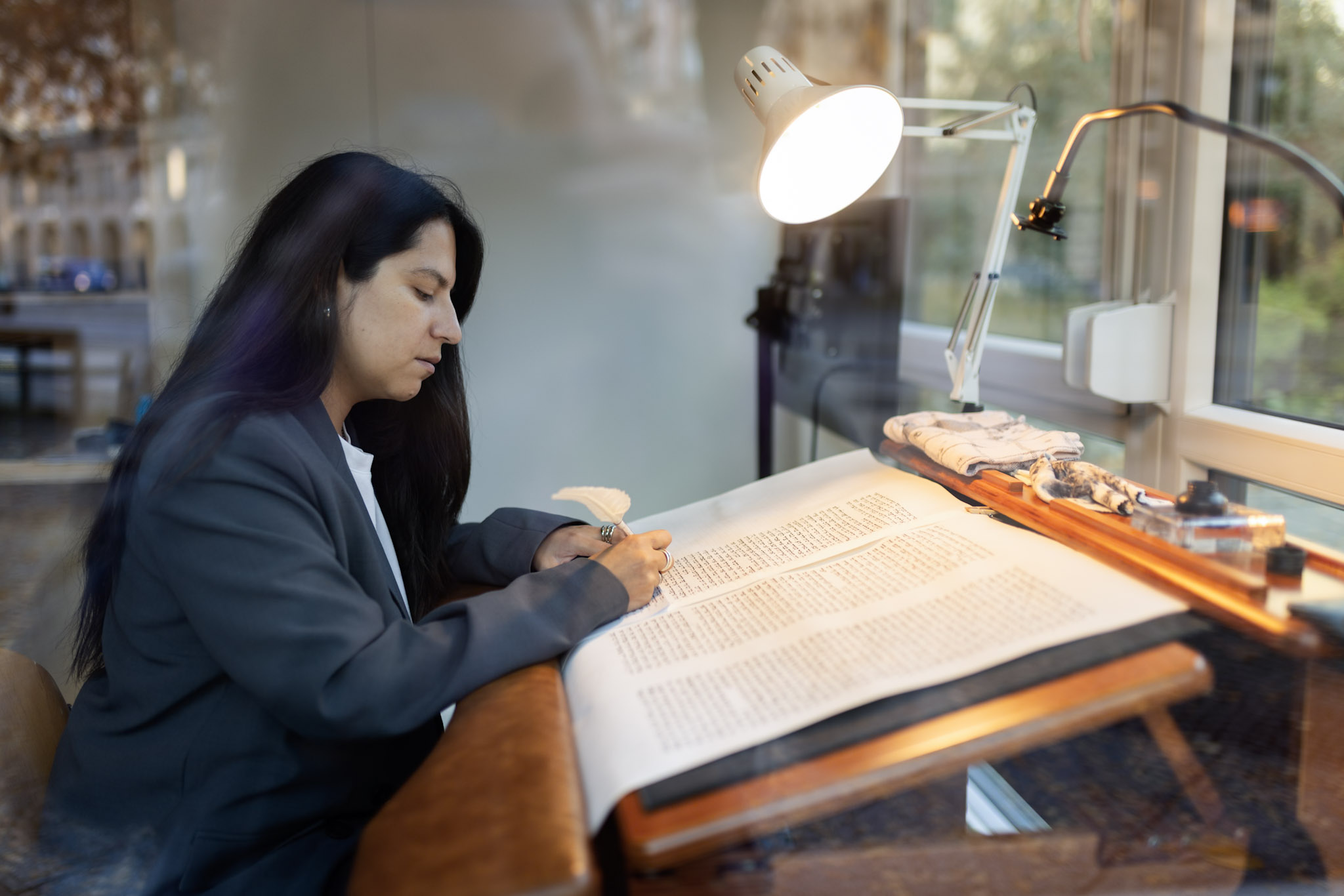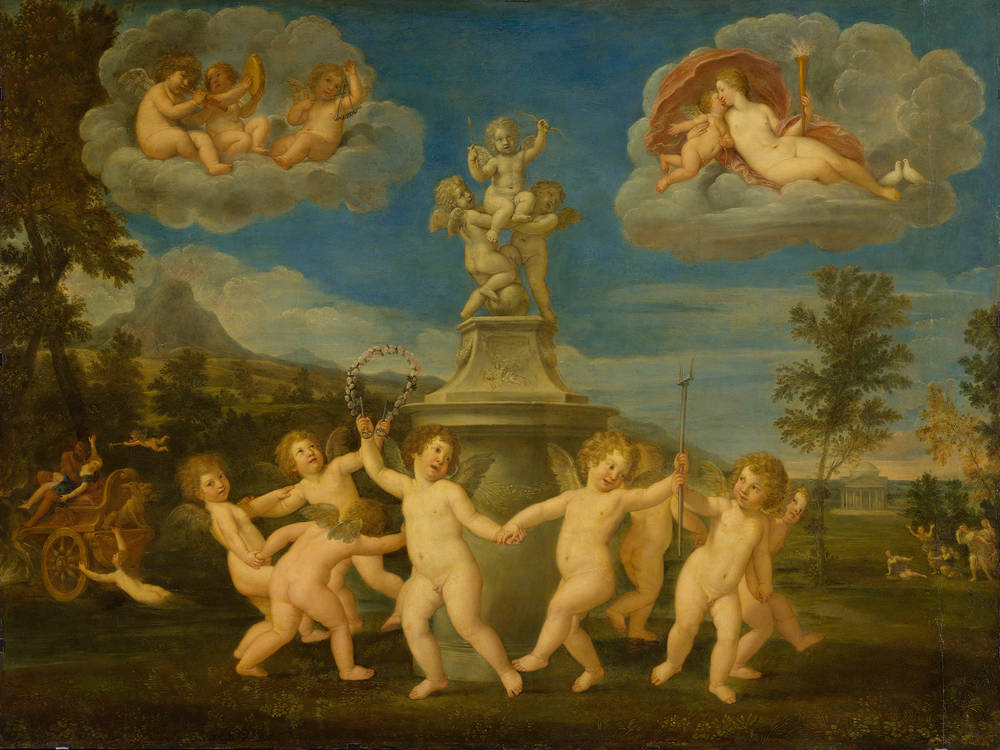
The eternal scripture – A Torah for Dresden
Curator tour with Jahna Dahms
Introduction to the project: What is a Torah? Why has it been written by hand for over 2500 years?
In around 35 minutes, Jahna Dahms explains the project and talks about the origin, tradition and significance of the Torah as the oldest continuous cultural technique of mankind. Questions can be asked afterwards. The scribe will be present during the event.

The princess is gone. Dance at the Dresden court in the 17th century
Lecture and dance improvisations
In contrast to French kings, Saxon electors tend not to be associated with dance, as indicated by their nicknames and epithets, including "Bierjörg", "Saxon Mars" and "the Strong".
This lecture deals with selected findings from recent court and aristocratic research, dance forms that were practised at the Dresden court, and the people who used dancing as a medium to show off. And who played the music?
- Lecture: Angela Rannow
- Dance improvisations: 2nd year dance students, direction: José Biondi
- Music: Matthias Zeller
A co-operation of the Dresden City Museum with the Dresden Historical Society and the Palucca University of Dance Dresden
Book tip: Angela Rannow. The princess is gone. Dancing at princely and aristocratic side events at the Dresden court in the 17th century. Schriften zur sächsischen Geschichte und Volkskunde vol. 72, edited by Enno Bünz, Andreas Rutz, Joachim Schneider and Ira Spieker on behalf of the Institut für Sächsische Geschichte und Volkskunde e. V., Leipzig 2025
Fig.: Francesco Albani, Cupid's Dance, © Old Masters Picture Gallery, gall. no. 337, Dresden State Art Collections. Photo: Elke Estel























